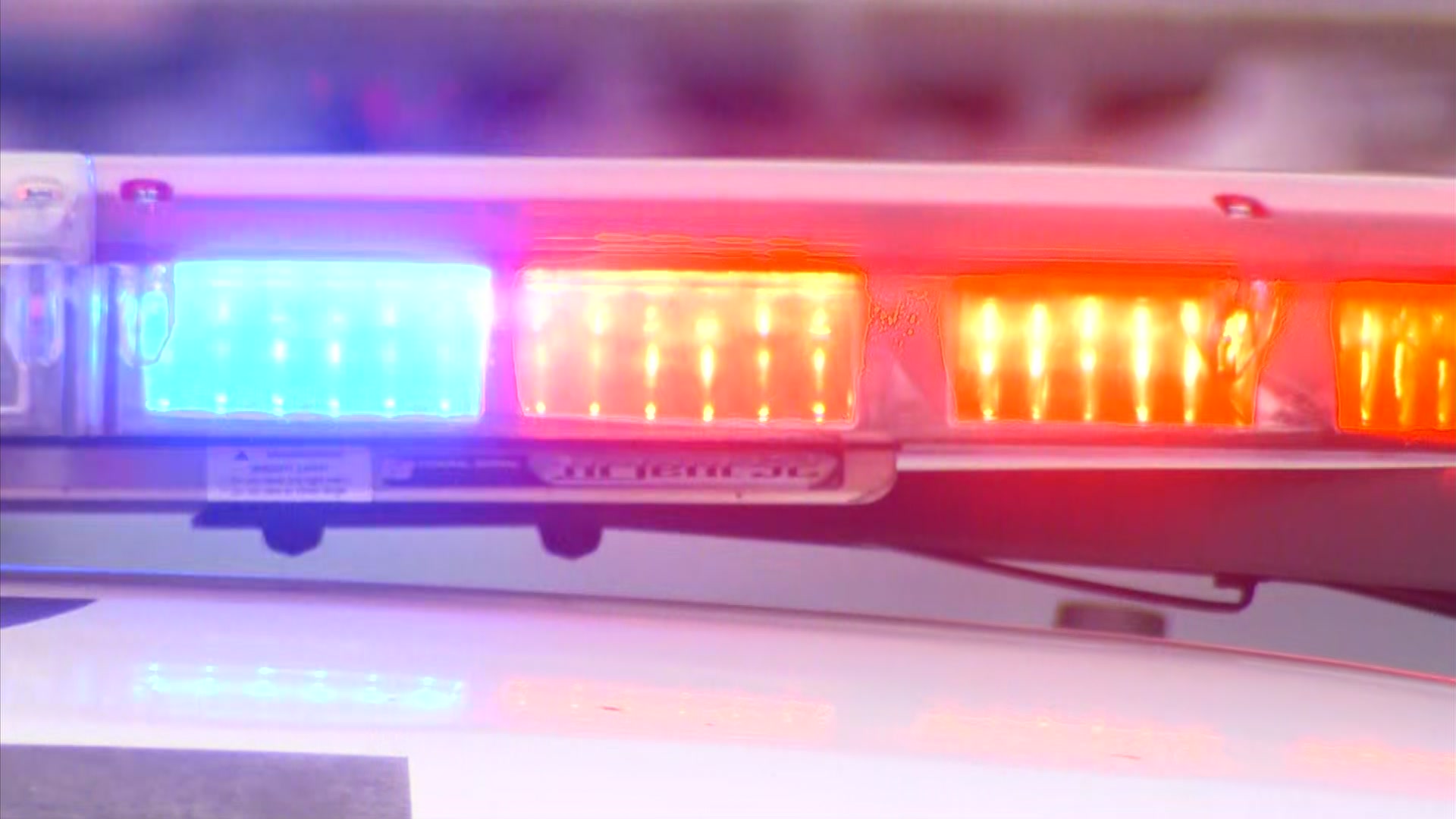Each week, there are an average of two and a half officer-involved shootings in the five counties that make up Southern California.
Watch: Handling of Police Shootings Questioned
Sometimes, the people killed are unarmed, and police departments are forced to admit they made tragic mistakes, but rarely are the officers who made those mistakes criminally prosecuted or fired.
And conflicting reports from the scene of some shootings have drawn attention to both the officers' actions and the disciplinary process that judges them, with community activists calling for change.
Jason Conoscenti was shot and killed April 27 by Los Angeles County sheriff's deputies and Long Beach police.
Before they opened fire, the officers said, he was reaching for his waistband, leading them to believe he was armed.
Cellphone video shot at the scene tells a slightly different story. The 36-year-old can be seen scurrying down a set of stairs, holding his hands clear of his body with no apparent signs of a gun.
Local
Get Los Angeles's latest local news on crime, entertainment, weather, schools, COVID, cost of living and more. Here's your go-to source for today's LA news.
"The public needs to question every use of force we have and every shooting we have," said Long Beach Police Chief Robert Luna, who was named to the position just weeks ago.
Civil rights attorney Dale Galipo, who has represented the families of some OIS victims, said the bigger question to ask is why the shootings are occurring at all.
"Why are we having so many shootings?" he said.
Galipo represents Conoscenti's family, which is now seeking $10 million from the city of Long Beach.
"One of the reasons they bring the civil rights case is because there is no criminal prosecution," Galipo said of the family members of OIS victims.
It's difficult to know if shootings by police officers are on the rise, as most local departments track their own numbers, and aren't required to disclose them to the FBI, which tracks other nationwide statistics.
Data from 2009 to 2014 shows hundreds of cases, most clustered near each other in certain neighborhoods and in cities, including Long Beach.
"They can just shoot you if they feel like it," said Eden Marie Biele-James. Her brother, Doug Zerby, was shot and killed by two Long Beach officers, who mistook a garden hose nozzle for a gun.
"There were 22 holes in his body and he was minding his own business," she said.
Galipo also represented Zerby's family.
"The poor guy was just sitting there playing with a water nozzle and I think most people feel you really shouldn't be shot and killed for that," he said.
A jury decided in favor of Zerby's family, awarding them $6.5 million in damages. The city is appealing the verdict, but even police commanders say the shooting was regrettable.
"There are things that you can do to make me think that you have a weapon," said Deputy Chief David Hendricks of Long Beach Police Department. "There and again, it's going to come back to, is it reasonable for me to make that assumption?
"Nobody wishes what happened and, unfortunately, it did."
Los Angeles County prosecutors wrote a report that cleared both officers, saying the officers acted "lawfully" and "in defense of others."
"After he was shot, they were put on paid leave," said Biele-James of the men who killed her brother.
In Los Angeles, police shootings are documented thoroughly, and what is considered in law enforcement circles a progressive policy is in place.
"Every single officer-involved shooting is made public," said Steve Soboroff, the president of the Los Angeles Police Commission, the civilian agency that oversees the LAPD.
But shootings of unarmed suspects, like Brian Newt Beaird last December, still capture headlines.
Beaird collapsed in a hail of gunfire after leading officers on a high-speed chase near downtown LA.
The city settled a wrongful-death lawsuit with Beaird's family for $5 million.
"Are there going to be officers that make mistakes? Yes," Soboroff said. "Are there going to be members of the public that make mistakes? Yes."
Beaird was unarmed, but officers said they saw him reach for his waistband before they opened fire.
Part of the controversy is that there are differing ways to account for officer-involved shootings, and there isn't a standardized method for tracking them.
"We don't know how many officers fire weapons nationally. We don't know how many officers fire weapons in most states. And that is just a national embarrassment, said Geoff Alpert, a criminologist at University of South Carolina.
Soboroff agreed.
"I would think that would be a good thing if there was a standard, a national standard," he said.
Sarah Zheng and Julia Bakerink contributed to this report.



